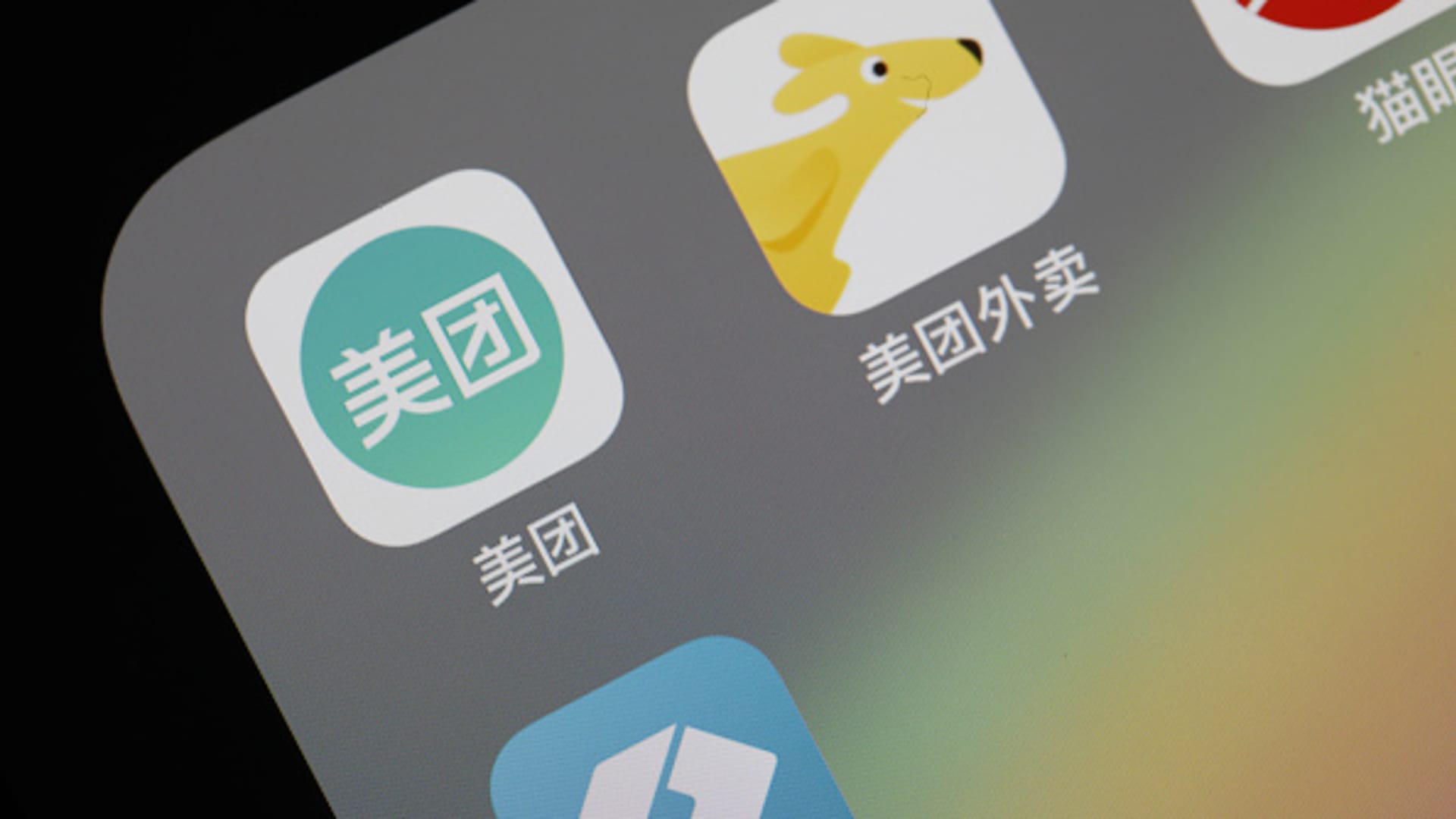On January 27, 2025, General Secretary of the Chinese Communist Party (CCP), Xi Jinping, delivered a speech during the 2025 Spring Festival celebration organized by the CCP Central Committee and the Chinese State Council. In honor of the upcoming Year of the Snake, Xi encouraged his fellow Chinese “cadres and the masses to strengthen their confidence” and “with the tenacity of a serpent traversing a thousand miles (以蛇行千里的劲头),” to “write a new chapter of Chinese-style modernization.”[1]
(Source: X)
Beyond the festive toasts, there is reason for Xi Jinping and his countrymen to feel optimistic as they enter the Year of the Snake. Recent developments suggest China has gained ground in the ongoing tug-of-war with the United States on trade and technology.
According to the U.S. Department of Commerce, as of the third quarter of 2024, the U.S. trade deficit with China increased by $10.0 billion, reaching $70.3 billion. These figures highlight a persistent trade imbalance, with the U.S. consistently importing more from China than it exports. While many economists predict a significant slowing of Chinese economic growth due to weaker domestic demand and a prolonged property sector downturn, the World Bank still forecasts moderate GDP growth of 4.5 percent for China in 2025. In comparison, Goldman Sachs projects U.S. GDP growth to be 2.5 percent for the same period.
China’s exports to the U.S. remain robust. In December 2024 alone, China exported $48.83 billion worth of goods to the U.S., up from $47.31 billion in November 2024 (ceicdata). Although U.S. President Trump threatened to raise tariffs on Chinese goods during his election campaign, no significant tariff increases have been implemented since his inauguration.
American consumers continue to rely heavily on Chinese goods across numerous sectors. In 2022, the U.S. imported approximately $536.3 billion worth of goods from China, accounting for 16.5 percent of total U.S. imports (USTR.GOV). Moreover, for around 45 percent of product categories that the U.S. imports from China, the unit costs of Chinese goods are lower than those of the cheapest non-Chinese alternatives, highlighting China’s role as a cost-effective supplier.[2]
By 2024, China-based sellers accounted for over 50 percent of the top 10,000 sellers on Amazon’s U.S. marketplace. Additionally, approximately 71 percent of products sold by wholesalers and retailers on Amazon were estimated to be manufactured in China.[3]
Despite this dominance, American consumers show little resistance, continuing to buy Chinese goods. This phenomenon mirrors the invisible hand of the market, guiding their behavior like a master conductor leading an orchestra.
Now enter a little app some critics refer to as the “opium of the brain.”
Finally, 2025 might be the year Americans fully wake up to the power and influence of TikTok.
Opium For The Brain
Just as China influenced American consumer habits with its manufactured goods, it is now reshaping how Americans consume media on their smartphones. TikTok, often informally called the “opium of the brain” by critics, journalists, and researchers for its highly addictive nature, has become a dominant force in the U.S. app market. The term draws a comparison between TikTok’s effects and opioids, highlighting its capacity to induce euphoria and dependency.
As of July 2024, TikTok had approximately 120.5 million U.S. users, making the U.S. the country with the second-largest TikTok audience globally, trailing only Indonesia. (Statista)
The platform’s popularity is especially strong among younger demographics. A Pew Research Center study from December 2024 revealed that 59 percent of U.S. adults under 30 use TikTok, compared to 40 percent of those aged 30 to 49, 26 percent of those aged 50 to 64, and only 10 percent of those 65 and older.[4]
Regarding daily engagement, nearly one in five U.S. adults reported using TikTok multiple times daily as of January 2025. (adweek)
The app’s addictive nature lies in its sophisticated algorithm, which tailors content based on users’ preferences. It analyzes watch time, engagement, and behavior to create a highly personalized feed. This recommendation system, among the most advanced in social media, keeps users endlessly scrolling. The short-form videos trigger dopamine release, similar to pulling the lever on a slot machine, making users lose track of time in a constant loop of novelty.
The consequences of this addiction became evident during a brief TikTok service shutdown. Following the app’s failure to meet the U.S. Supreme Court’s deadline for divestiture, thousands of “TikTok refugees” migrated to another Chinese app, Xiaohongshu (“Little Red Book”), to post protest videos criticizing the American system and praising Chinese society and governance. Many U.S. active servicemen and servicewomen freely posted videos of their military bases and advanced weaponry, in total disregard of sensitive military information. Chinese propagandists exploited this opportunity, flooding social media with messages celebrating it as a triumph for China.
Despite its popularity, TikTok faces significant regulatory challenges in the U.S. In January 2025, the Supreme Court upheld a law requiring ByteDance, TikTok’s China-based owner, to divest the platform over national security concerns.
President Trump’s history with TikTok reflects its volatile trajectory in the U.S. During his first term in 2020, Trump sought to ban TikTok, citing security risks tied to its Chinese ownership. He issued executive orders to restrict transactions with ByteDance and pushed for the app’s sale to a U.S. entity. These efforts were halted by legal challenges and later revoked by the Biden administration in 2021.
By 2024, bipartisan concerns over data privacy and foreign influence prompted Congress to pass the Protecting Americans from Foreign Adversary Controlled Applications Act, mandating ByteDance to divest TikTok by January 19, 2025, or face a ban. The Supreme Court upheld this law in early 2025.
As the deadline approached, TikTok announced a U.S. shutdown on January 18, 2025. However, then President-elect Trump indicated he would extend the deadline after his inauguration. On January 20, 2025, he signed an executive order granting a 75-day reprieve, allowing TikTok to continue operations while exploring solutions to address security concerns.
This shift in stance is attributed to TikTok’s role in connecting Trump with younger voters during his 2024 presidential campaign. Trump acknowledged the platform’s influence while continuing to criticize other social media companies.
Discussions are ongoing about restructuring TikTok’s U.S. operations. A leading proposal suggests creating a joint venture with 50 percent ownership by the U.S. government, aiming to address national security concerns while keeping TikTok operational in the American market.
As a deal for 50 percent American ownership of TikTok seems increasingly likely, China appears to have another strategy ready to deploy.
Like a battle opponent with a backup plan, enter DeepSeek.
The Abyss Gazes Back Into You
Recently, the Chinese AI startup DeepSeek released a new AI model that allegedly operates efficiently using fewer and less advanced chips. This development has challenged the prevailing belief that significant investments in AI infrastructure are necessary, triggering a substantial market reaction. On January 27, 2025, following DeepSeek’s announcement, the market panicked, leading to a $1 trillion wipeout in stock value. This technology directly undermined the assumption that extensive investments in AI infrastructure were necessary, sparking a selloff – particularly in chip-related stocks such as Nvidia, which fell nearly 18 percent.
Rarely has a piece of Chinese technology caused such disruption in the U.S. tech sector and stock markets. If one wonders where the hype around DeepSeek originated, simply look at the timelines of social media platforms such as TikTok and X – you will9 notice a sudden surge in influencers and newly registered accounts aggressively promoting the so-called “breakthrough” power of DeepSeek overnight.
The surge in social media discussions about DeepSeek began in mid-January 2025, following the release of its R1 large language AI model on January 20. This launch led to a rapid increase in attention, with the DeepSeek app surpassing OpenAI’s ChatGPT as the most downloaded app on Apple’s App Store – a ranking that can easily be manipulated by fake accounts and bots. Given the strategic importance of AI and the speed at which DeepSeek gained traction, it is plausible that its emergence – and the ensuing social media frenzy – were part of a coordinated effort to showcase China’s capabilities in this field.
China possesses a vast cyber army – estimated at 50,000 to 100,000 personnel, according to intelligence reports – alongside well-established propaganda cells embedded within Western social media. These operatives are highly experienced in amplifying specific narratives, creating distractions, and shifting public focus.
What makes DeepSeek especially dangerous is that instead of learning from your behavior and accommodating your needs, it will train you in your thought process. Numerous reports indicate that when asked about topics deemed sensitive by Chinese authorities – such as the Tiananmen Square Massacre – DeepSeek does not refuse to answer outright. Instead, it subtly redirects you to another topic, conditioning users to avoid such questions altogether.
If DeepSeek is the only AI on your phone, over time, you will subconsciously learn to self-censor, just as Chinese citizens have been trained under their own tightly controlled information ecosystem. In essence, it is a censorship mechanism disguised as an AI assistant. China has spent years refining this technique on its 1.4 billion citizens – now, it is extending this psychological manipulation overseas.
Imagine encountering something intriguing on TikTok. You want to learn more and instinctively search for it on DeepSeek – falling straight into a CCP-designed controlled information loop.
Many Americans were shocked and horrified by the recent wave of pro-Hamas protests on Ivy League campuses, unable to comprehend how so many young minds had been so thoroughly radicalized. A deeper look into their TikTok feeds reveals the answer – anti-Israel content had been flooding their timelines for months.
Friedrich Nietzsche once wrote: “And if you gaze long into an abyss, the abyss gazes also into you.”
DeepSeek will mine your data, analyze your habits, and reshape your thinking in return. China is now offering DeepSeek for free, enticing Americans with convenience and affordability – a familiar strategy China has used to dominate American industries. Once you’re hooked, removing it will be nearly impossible.
It might be a thousand miles away, but the serpent has the tenacity to get there.
The Way Of Xi
Chinese President Xi Jinping was born in 1953, the Year of the Snake – the same zodiac sign as Mao Zedong, who was born in 1893. It is reported that Xi draws inspiration from Mao. Mao profoundly reshaped China, and Xi appears to be making a similar effort. He has never hidden his ambition to position China as a dominant global force. The U.S., however, stands in his way. In this geopolitical tug-of-war, America seems to be playing catch-up and defense. Now is a critical moment to reverse this troubling trend.
To paraphrase a well-known saying: When the Chinese were making T-shirts and shoes, the West paid no attention. When they started producing TVs and computers, the West dismissed them as mere copycats. When Chinese developers could publish apps on the Apple Store or Google Play, the West remained indifferent, viewing them as insignificant. But when China eventually locks the majority of Americans into its data ecosystem, it will be too late – because by then, they will be convinced that China has their best interests at heart and will defend this illusion of “freedom” at all costs.


